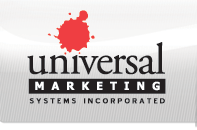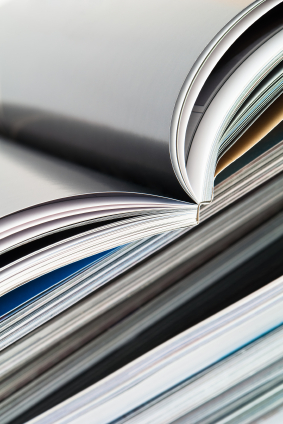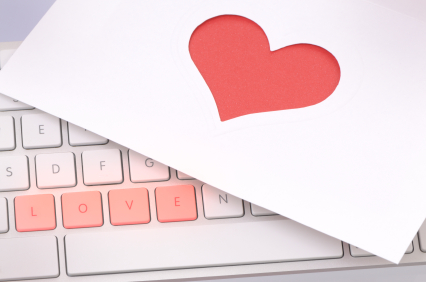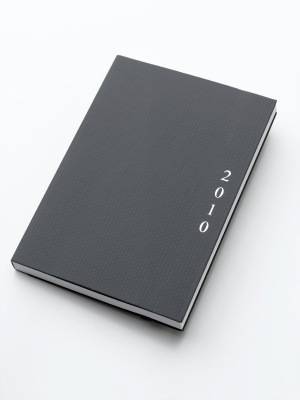









 |
 |
 |
 |
 |
 |
||||
 |
 |
 |
 |
||||||
Services We Offer From brochures & books, to labels or specialty printing and finishing. . . UMSI is the One Stop Solution for all your printing needs. We offer the highest quality multi-color offset, screening, thermography, letterpress and custom foil stamping available. Aqueous coatings, die-cuts and a variety of custom finishes create marketing tools your customers can't ignore. |
Let UMSI handle the sampling of your product as well. We at UMSI have the experience in dealing with product sampling. We know what works, how to build it, the logistics involved, we have the know-how to streamline the swatching process for your product and can even store and drop ship your finished goods. We offer full service marketing, merchandising, displays, design, copy-writing & photography. Our marketing experts are highly experienced in creating marketing strategies and branding campaigns. |
A Dictionary of TermsThe variety of specialized terms used in any industry can be confusing and downright daunting at times. So we give you the opportunity here to translate what we are saying if we forget to put something into layman's terms. Just click on the Logo at the top of the page or the link at the bottom when you want to return to the page you were on. |
|
 |
Aqueous Coating: An aqueous coating is a fast-drying, water-based, protective coating which is applied in-line on press to attain a selection of finishes more economical price than varnish. This clear coating provides a high gloss surface which protects the surface from dirt, smudges, fingerprints and scratch. Aqueous coating improves postcards durability as they go through mail or inserted in pockets. It is also applied on brochures, catalog covers, flyers and other visual ads. Aqueous coatings are applied to printed sheet right after the inks. Directly after the coating is applied, the sheets are sent through a heated air system that quickly dries the coating. The printed sheets can progress to the finishing department in a matter of minutes, as opposed to traditional varnishes which may need hours or even days to dry. This type of coatings provide marvelous rub and scuff resistance. They give protection that far exceeds standard varnishes. It protects the product from harmful elements from the shipment through to end use. They are available in gloss and matte finishes. If your printed piece will be heavily handled: Aqueous coatings will protect your project by providing more scuff resistance than varnishes and still yield brilliant metallic inks. In addition, aqueous coatings won’t yellow with age, as varnishes do. |
 |
Die Cutting:
Die-cutting is the process of using dies to cut out labels, boxes, and other flat objects from spools or printed sheets. Diecutting can be done on either flatbed or rotary presses. Rotary diecutting is often done inline with printing. Die cutting started as a process of cutting leather for the shoe industry, but is now used by people cutting paper, cardboards, plastics, pressure sensitive adhesive tapes, foam and even thin metal. Laminates used in labels, stamps, and other stickers are usually cut with dies, since a die can cut through the top layer(s) while leaving the bottom intact. |
 |
Foil Stamping:
Foil stamping, is the application of pigment or metallic foil, a special film-backed material, to paper where a heated die is stamped onto the foil, making it adhere to the surface leaving the design of the die on the paper. Foil stamping can be combined with embossing to create a more striking 3D image. |
|
Letterpress Printing: Letterpress printing is a term for the printing of text and image using a press in which a reversed, raised surface is inked and then pressed into a sheet of paper to obtain a positive right-reading image. In addition to the direct impression of inked movable type onto paper or another receptive surface, the term letterpress can also refer to the direct impression of inked media such as photo-etched zinc "cuts" (plates), linoleum blocks, wood engravings, etc., using such a press. In the 21st Century, commercial letterpress has been revived by the use of 'water-wash' photopolymer plates which are adhered to a near-type-high base to produce a relief printing surface typically from digitally-rendered art and typography. |
|
Offset Printing: Offset printing is a commonly used printing technique where the inked image is transferred (or "offset") from a plate to a rubber blanket, then to the printing surface.
|
|
Screen Printing: Screen printing is a printing technique that uses a woven mesh to support an ink blocking stencil. The attached stencil forms open areas of mesh that transfer ink as a sharp-edged image onto a substrate. A roller or squeegee is moved across the screen stencil forcing or pumping ink past the threads of the woven mesh in the open areas. Screenprinting inks can be used to work with a variety of materials, such as textiles, ceramics, wood, paper, glass, metal, and plastic. As a result, screenprinting is used in many different industries |
|
Thermographic Printing: Thermography is a post print process that is achieved using traditional printing methods coupled with thermography machines. This process is used to produce raised lettering on products. It is commonly used on letterheads, business cards, greetings cards, gift wrap, packaging and can also be used to print braille text. It is even sometimes used in diploma printing as an attractive alternative to the more expensive engraving option. |